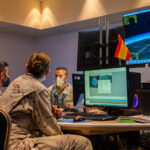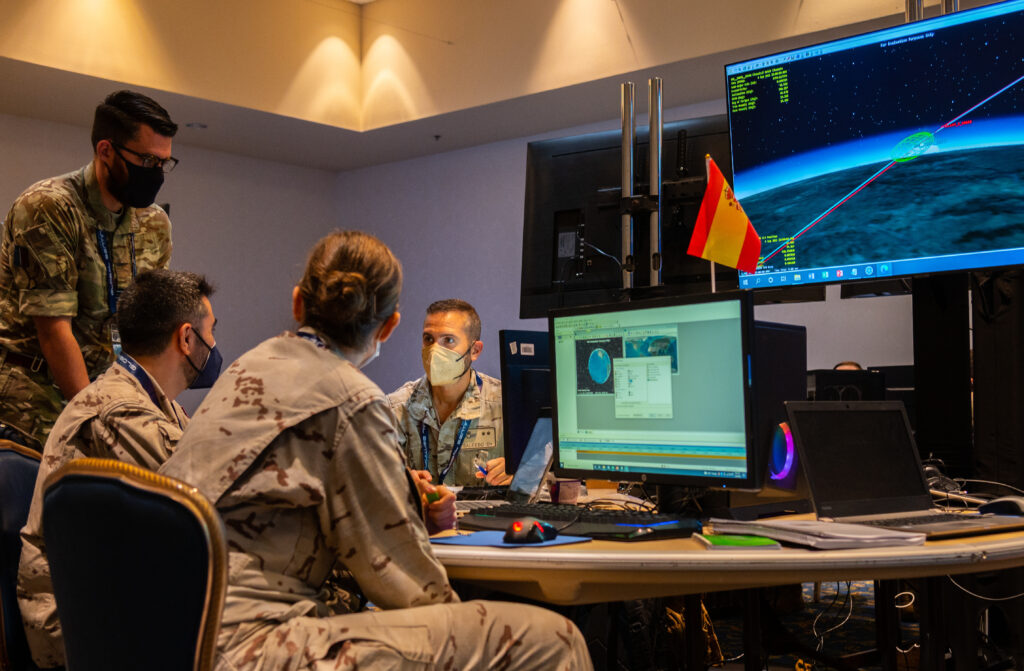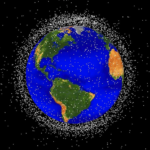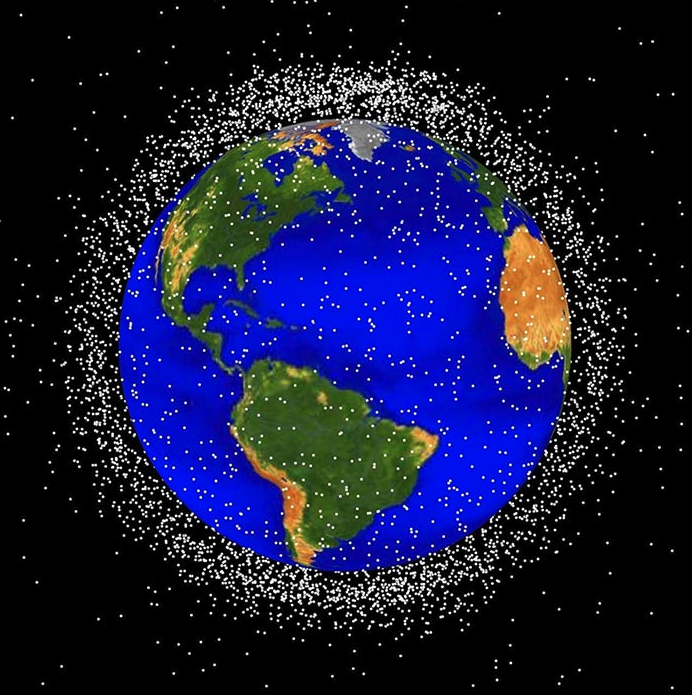Infrastructure
Space Situational Awareness Satellites
Spain signs up as 25th nation in Artemis pact


Officials from NASA and the U.S. State Department gathered in Madrid Tuesday as Science and Innovation Minister Diana Morant signed off for Spanish agreement to the Artemis Accords, marking the 25th nation to join the U.S.-led treaty to govern conduct in orbit and beyond.
Space Force unveils antisatellite weapons program, reserve branch plans at Senate hearing


Space Force leaders pulled back the veil of secrecy on one of the service’s most-secretive programs and made a push for congressional authorization of a new part-time branch during a May 2 hearing before the Senate.
New Leader Takes Space Force Helm as Dangers in Orbit Loom


Pentagon leaders emphasized the growing importance of missions in orbit Wednesday as they welcomed the second general to command the Space Force. The new chief of space operations, Gen. Chance Saltzman, pledged to get his young service ready for war.
November Space Council Meetings Could Shape Commercial Regulations


The National Space Council asked for comment on new commercial space systems and how the commercial space sector could be regulated during a pair of online meetings set for November. The council wants input from industry and the public. The move is part of a Biden Administration push to deal with issues including crowded orbits and the safety of space tourists.
Rivals Launch Military Satellites Amid U.S.-led Space Defense Drills


A flurry of military and intelligence satellite launches by rival powers this month came as the United States and two dozen partner nations wrapped up the largest global space defense wargame in history.
Russia launched what some leaders have described as a spy satellite for Iran and its own on-orbit snooping satellite Cosmos-2558, which is circling Earth in an orbit conspicuously close to a recently launched U.S. National Reconnaissance Office satellite, a Netherlands researcher confirmed.
2020 TSRQ1 – As Orbiting Debris Increases, New Technologies Emerge for Tracking, Capturing


As Space Debris Piles Up and Satellite Deployments Grow, Calls for Space Tracking Mount
Relative to the vastness of space, the near collision was frighteningly close. On Jan. 29, 2020, a decommissioned U.S. space telescope and a U.S. experimental payload were hurtling toward each other over Pittsburgh.
2016 – Space Situational Awareness
With more business and investment in space infrastructure and services, many discussions, studies, and opportunities surrounding space situational awareness (SSA) occurred during 2016. Knowing what might happen or is happening around specific objects in space, such as satellites and space stations, is a key capability for many…
2016 – U.S. Space Surveillance Network (SSN)
The U.S. Space Surveillance Network (SSN) was originally designed to alert deployed U.S. sailors of a possible spy satellite’s approach. It also served as a way to prevent irreversible…
2016 – Russia: SSA – Snapshot
The Russian Space Surveillance System (RSSS) consists of a network of ground-based radars and optical telescopes, operated by the Russian Defense Ministry’s Space Control Center (TSKKP), which is responsible for the nation’s space situational awareness (SSA). The RSSS sensors give the nation the ability to…
2016 – European Commercial Space Surveillance – Snapshot
During 2016, European companies noted and seized opportunities within the business of space situational awareness (SSA). Europe’s continued growing dependence on services provided by an orbiting space infrastructure and desire for high-resolution European-based SSA data are presenting openings for…